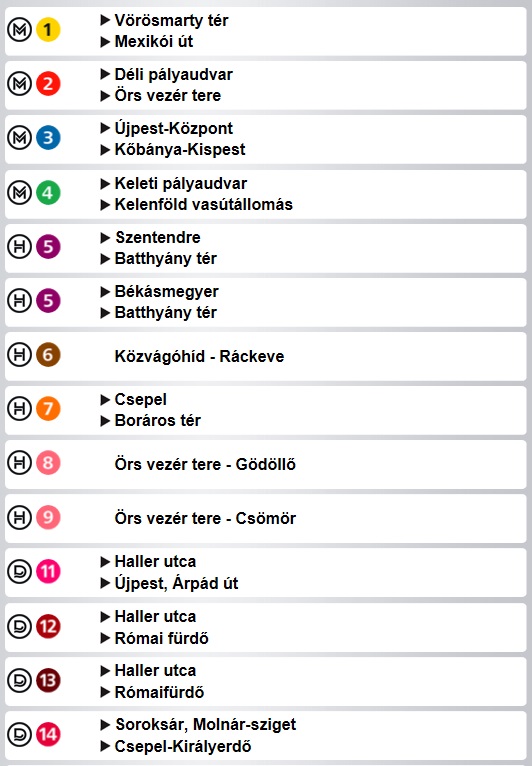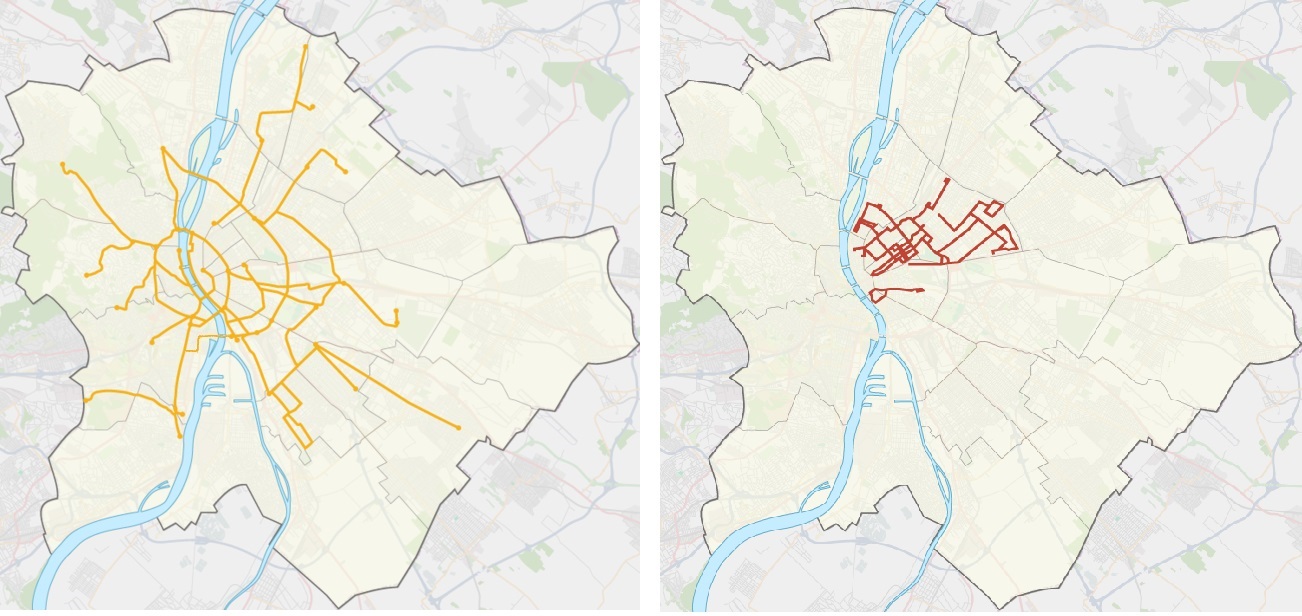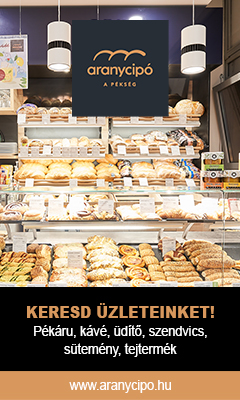Have you ever wondered about the numbering of the public transport in the major cities worldwide? Although we can’t say one general law, but now you can get to know Budapest’s transport from first hand.
To begin with, the Hungarian capital’s vehicle fleet is very diverse: all kinds of transportation can be found here. We have: metro, tram, bus, trolley bus, suburban railway, boat service and some curiosities like the Buda Castle funicular or the chairlift.
Metro lines are marked with the letter „M” (for Metro) and a number between 1 and 4 in the construction order. So M1 (also known as the Millennium Underground) is the oldest, launched in 1863, while the newest M4 line was opened last year. For the suburban railway, honestly, I don’t know (I could not figure out) what was the organizing principle, but as part of the rapid railway network, they are numbered continuously beyond the metros (5-9), and are preceded by the letter H (as HÉV, which is the Hungarian equivalent of suburban railway). Then Danube boat services come in the row, numbered between 11 to14 and with the letter D in their numbers.

The daytime surface BKK services are numbered 1-299, while the night buses are from 900 to 999. (Between 300 to 899 those are the inter-city bus routes of central Hungary.) The most important organizing principle is to avoid redundancy. That’s why there is no bus Nr.1 for example: another service indicated with 1 is exists, a tram. This system tips over only in one or two places in connection with the subways, but even these aren’t so disturbing, because one of them are an underground service, while the other one is a surface line. For example: both 2 and 4 are a metro and tram line.
Fun fact: the numbers of the trolleys are the living history itself: after World War II, the trolley transport relaunched on the 70th birthday of Stalin in honor of the anniversary, and this first line got number 70. Moreover, to these days trolley lines are signed with septuagenarian numbers (7…) and some 80s, but just because there are more lines nowadays. And on top of that: they are almost exclusively running in the 7th district.
Chronology and tradition are important in other aspects too: many vehicles still bear the number they got at the very beginning of their existence, and which has been distributed consecutively. But of course, there are new lines too, that got their numbers by filling the gaps in the system. Some cases these new ones refer to a former service, for example: the old 6 became the bus 206 today. The similarly numbered buses often operate in the same neighborhood, or even on the same route: e.g. 34, 134, 234 or 182, 183, 184 which are referring to branched lines. And last but not least, the occasionally letters after the numbers: E indicates the rapid buses (“Express”, that doesn’t stop everywhere), while G and K are the garage routes at the evening.

Tram (yellow) and trolley (red) lines of Budapest (photo: hu.wikipedia.org)
Cover image: Gábor Mach, http://machphotos.blogspot.hu/




















